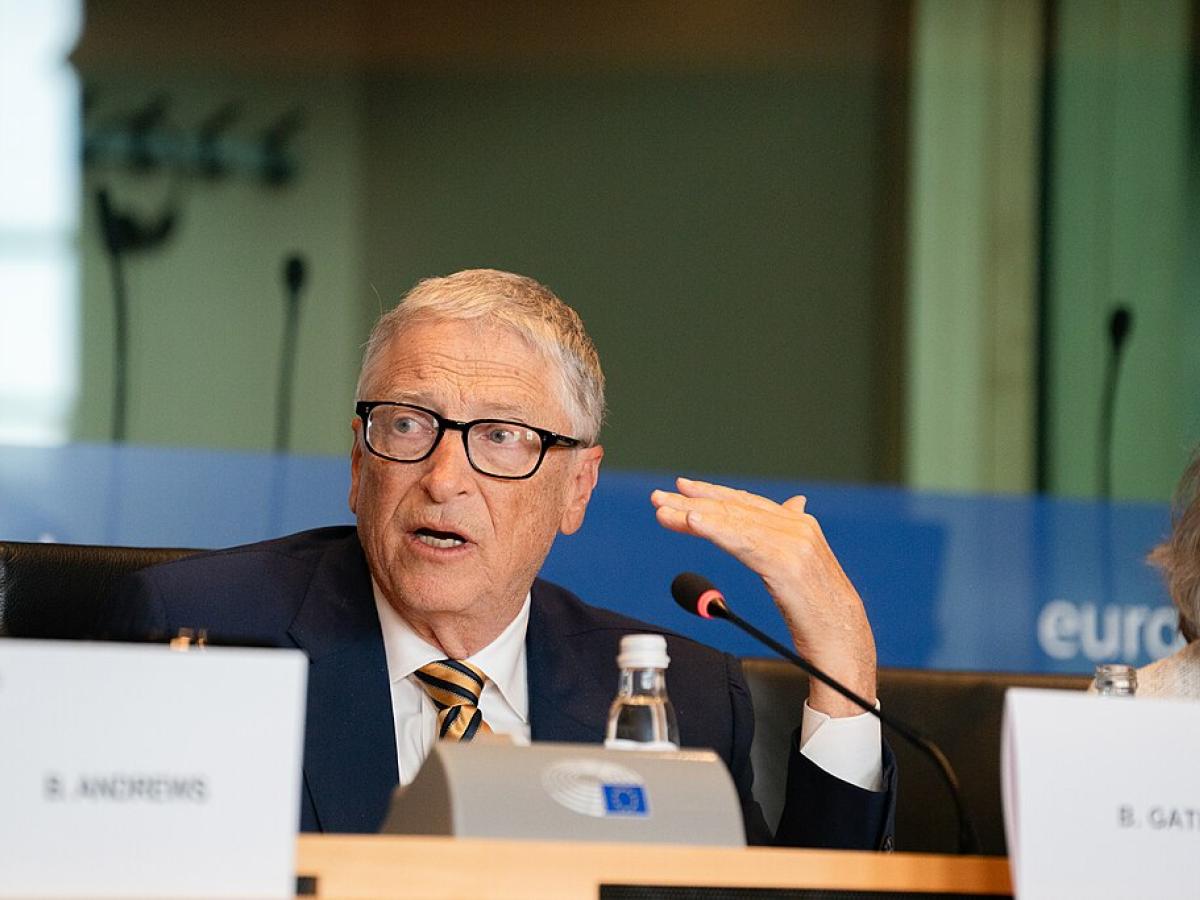
“Drill, baby, drill,” declared Donald Trump during his inauguration speech in January to roars of Republican approval, going on to sign executive orders to “unleash” the American oil and gas industry to do just that: drill. This, even though the United States is already the largest crude oil producer of any other nation, according to its own Energy Information Administration, and has been for the past six years in a row.
Fossil fuel combustion is undeniably the largest source of greenhouse gas emissions worldwide says the IPCC, with oil accounting for about 34 per cent of global CO2 emissions from fossil fuels. And World Economic Forum statistics show that the lowest income countries produce only one-tenth of emissions but are the most heavily impacted by climate change.
Something doesn’t seem very fair here.
Many of us are aware of the statistics and policies and rhetoric around climate change. It is all buzzing around in the background of our lives, in the news, on social media and in opinion pieces like this one. But if we’re honest, it is all still theory for most of us living in the Global North.
On a recent work assignment, involving research in remote communities in Southern Cameroon, I found the true extent of climate crisis is hard hitting and very real. According to the IMF, Cameroon is ranked 16th in the world in terms of countries most vulnerable to the impacts of climate change, partly due to its geographical location.
High levels of rural poverty and the country’s economic dependence on agriculture, which employs over 70 per cent of the population adds to this climate vulnerability. But the government statistics and climate jargon, worrying as it is, paled as I discovered the reality of rural Cameroonians’ lives. Lives that depend almost solely on the productivity of the land, and therefore on the weather. Lives that have no Plan B when the climate is unpredictable.
The communities we studied live in rural villages many kilometres from any urban centre, and rely entirely on natural resources for their livelihoods. They depend on traditional rain-fed agriculture, hunting for bush meat, and collecting non-timber forest products such as tropical fruits, insects, medicinal plants, herbs and honey from the dense forests near their dwellings to survive.
The effects of the changing climate have been felt by them for some time. During periods of water scarcity, which is becoming more unpredictable and prolonged, local streams dry up, meaning crop yields fail, such as corn, groundnuts and cassava, and families go hungry. Fishing yields dwindle. The work burden for women rises, as they have to travel further to collect water for drinking, washing and cooking. Poor roads with inaccessible tracks during heavy rain events, or non-existent roads, prevent communities from accessing markets, health care and external support, making them isolated and more vulnerable to climate impacts.
With the science predicting rising future temperatures and higher seasonal variability in their region, these communities will only become more vulnerable, mirroring the story of millions of other people around the world. They must adapt to survive. The alternative is not surviving. Devastatingly, this is a very possible future outcome.
I’d say the UK is standing on the side lines in the playground, looking on.
Why should wealthy, powerful nations mostly responsible for global carbon emissions, not only refuse to compensate those at the receiving end of resulting climate change, but actively seek to cause more damage? It echoes of a bully in a school playground, inflicting suffering on a smaller child, gaining in popularity, power and self-confidence as a few egg them on, others stand by, whilst the receiver of the abuse summons all their remaining strength simply to survive and make it through another day.
So where does the United Kingdom stand in the playground?
In terms of domestic climate policy, the UK must meet net zero by 2050, in line with the target set out in UK legislation, i.e. in twenty-five years from now, total greenhouse gas (GHG) territorial emissions must be equal to the emissions removed from the atmosphere. On paper, it seems the UK is on track to achieve this. GHG emissions have halved since 1990, driven by investing in renewable power and phasing out coal in the electricity sector. However, as WWF and others have pointed out, this figure has a glaring omission. Products including clothing, processed foods and electronics imported into the UK are counted as the “manufacturing country’s emissions,” not the UK’s. This is known as “offshoring.” And according to WWF, between 1990 and 2016, emissions within the UK’s borders reduced by 41 per cent, but the consumption-based carbon footprint only declined by 15 per cent, mainly due to goods and services coming from abroad.
In terms of climate finance for the world’s poorest nations, the UK pledged to spend £11.6 billion between 2021 and 2026, and the government recently said it remains committed to meet this pledge. However, the pot from which this climate finance must come, the UK’s overseas aid budget, was slashed in recent months from 0.5 per cent to 0.3 per cent of national income to prioritise defence spending. Meanwhile, climate experts and charities are warning that what the world needs now is stronger global solidarity in the face of the climate crisis, rather than national self-interest. I’d say the UK is standing on the side lines in the playground, looking on.
Trump professes to be a practicing Christian… I wonder what would Jesus have to say about the way America and other wealthy nations have dealt with the climate crisis? One of Jesus’ most well-known and powerful teachings was to love your neighbour. The parable of the Good Samaritan in the Bible demonstrates the way we should treat our neighbours; acting with love, compassion and mercy, not only towards those we know or who live in our friendship network, community or country, but towards every human being, regardless of nationality, background or social group. In the context of climate change, Christians are called to love our global neighbours. This includes supporting the world’s poorest communities to thrive, speaking up on their behalf, demonstrating love through political and social action. Jesus certainly doesn’t teach us to put ourselves “first.”
Imagine a world where every nation signed up to Jesus’ teaching on how to treat our neighbours. Would climate change abruptly halt, human suffering stop and global peace prevail? In truth, probably not, because humanity is imperfect and we get things wrong even when we mean well. But if the intention was there, and if world leaders looked to Jesus’ lead on this, there is little doubt we would be many steps closer.
Celebrate our 2nd birthday!
Since Spring 2023, our readers have enjoyed over 1,000 articles. All for free.
This is made possible through the generosity of our amazing community of supporters.
If you enjoy Seen & Unseen, would you consider making a gift towards our work?
Do so by joining Behind The Seen. Alongside other benefits, you’ll receive an extra fortnightly email from me sharing my reading and reflections on the ideas that are shaping our times.
Graham Tomlin
Editor-in-Chief






